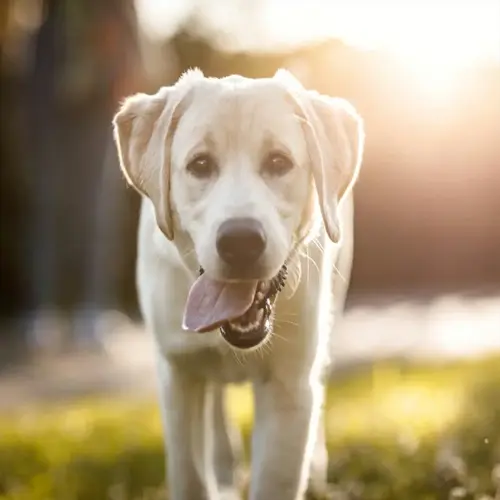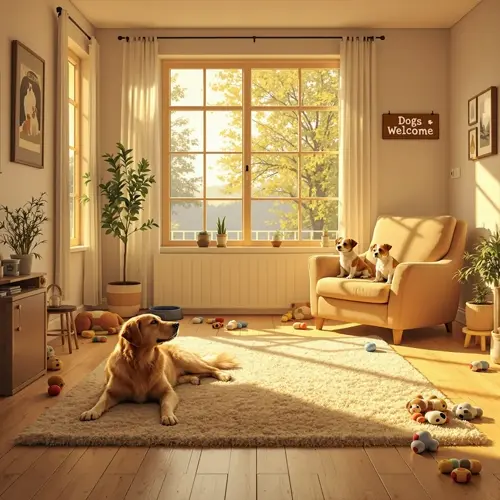What size bed does a large breed dog require?

Written by
Wang Jiahao
Reviewed by
Prof. Henry Webster, Ph.D.Big dogs need special bed sizes to support their bodies and joints. Labradors and large dogs need a bed size of 48-55" long. When dogs lie on their sides, they twist their spine, and the wrong size for your dog will twist the joints and inflame them as well. Strong edges are always recommended for added strength and durability.
Critical Dimensions
- Minimum length: 48 inches (122 cm) for adult dogs
- Width should exceed shoulder width by 8 inches
- Add 15% length for stretchers like Greyhounds
- Height clearance: 10+ inches for easy entry
Orthopedic Specifications
- Foam thickness: Minimum 4.5 inches (11.4 cm)
- Density: ≥2.0 lb/ft³ for dogs over 60 lbs
- Reinforced edges to support hips
- Non-slip base prevents sliding accidents
Climate Control Features
- Cooling gel layers for temperatures above 75°F
- Breathable mesh panels for air circulation
- Removable covers for summer/winter use
- Elevated designs improve airflow underneath
Orthopedic support is necessary for large breeds. Thick, high-density foam cushions joints and helps prevent the development of arthritis. Dogs over 60 pounds require a density of≥2.0 lb/ft³ in the foam. Reinforced edges protect hips during sleep. My Rottweiler stopped limping after having proper support.
The functions of temperature control provide comfort year-round. Big dogs become overheated by ordinary bedding materials. The gel layers cool beds when the temperature exceeds 75°F. The mesh panels offer improvement in airflow. Removable covers are available, allowing for various bedding options. These features will prevent panting and restlessness.
Durability is a concern for power chewers and active dogs. Look for covers made with ballistic nylon or canvas. The seams are double-stitched to ensure they will withstand digging. Non-slip, rubber bases prevent sliding on hardwood floors. Replace beds that show any compression every 2 years for optimal comfort and support.
Keep your dog's sleeping position in mind when purchasing beds. Stretchers may need a length greater than their body size. Curled sleepers may prefer taller bolsters. Side sleepers will choose a flat surface to help with hip alignment. As with most things, watch for trends before making a purchase.
Accurately measure using shoulder-to-tail length and then add a 15% buffer. For young dogs, work in weight-based growth projections. Record further measurements annually. Correct sizing not only extends the lifespan of the bed but also ensures comfort. Your dog's ability to move will depend on good support.
Read the full article: Dog Bed Size Guide: Find the Perfect Fit

